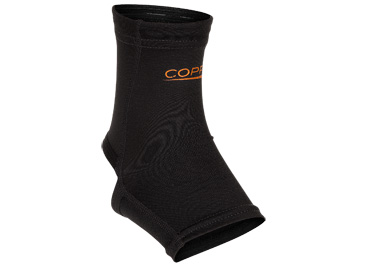Musings from the BJJ Gi #13, lesson 14; haymaker punch defence, & triangle choke
I was familiar with both of these techniques, but it was still the first time doing them at this academy. The haymaker punch defence is where someone charges at you to throw a haymaker, with significant momentum, and you put your 'helmet' on (arms up protecting head/face), and you squat and take a side step as they approach and throw the punch, and extend one of your arms out to the side so that you catch their waist on the way past, and you kind of swing around them to attain the rear clinch, a little bit like how you would swing yourself around a lamp post, 'Singin' in the Rain' style. An important detail which I got wrong and the instructor corrected me on with this one, was the necessity of heavy feet once I've attained the rear clinch. As my opponent was resisting and trying to move, I was just going along with them, maintaining the rear clinch tight so they couldn't escape, but I wasn't restricting their ability to move forward or side to side, I was just following them. The correction was to have heavy feet, still mobile and following them of course, but kind of being like the handbrake on a car, forcing them to have to drag you a bit.
The triangle choke I was very familiar with as it's my favourite submission. We went through the giant killer variation, and the punch block series stage 1.5 variation. The 1.5 variation starts with them in your closed guard, holding them down with the punch block series stage 1 position. They draw the free hand back to punch you, and you raise your knee on that side to block it, and switch hands gripping the back of their neck so that your free hand can grab a hold of the tricep of their punching arm, and hold it against your shin. Then shrimp your hips out on the opposite side to the punching arm, and move your grip from their tricep to their wrist, push their arm away a little bit to make a small space to bring your knee up and through to create the one-arm-in, one-arm-out triangle set up position. The giant killer variation is for when your opponent's top/forward pushing pressure is too much, or they are physically too large for you to confidently establish the 1.5 variation. You put two hands on one side of their head, and push it down as you shrimp away from it, enough so that you can get both of your feet on their hips, and keeping their arm on the side you shrimped away to, secured between your hip and arm on that side until to can grip that wrist with both of your hands. You pull tight on that arm and push with your feet on their hips to stretch them out a little bit, and then raise your leg up to put over the shoulder of the side opposite to the arm you are gripping, and let them drop forward (controlled, by relaxing your foot on their hip) into the triangle setup.
I know these posts are slightly more engaging when there's a photo attached, and I haven't had anything BJJ-related to take a photo of this week, so I just thought I'd attach an image of the ankle sleeves I've been wearing this week. They're only a very thin spandex-esque layer, and not an ankle brace or support of any kind, but I'm just trying it out as a method of combating getting mat burn on the tops of my toe knuckles. I never got it on the jigsaw mats in the garage or at the first academy I trained at, but I've been getting it brutally at this new place, on the Zebra brand mats they use. It's not very painful, but I just don't want to get skin infections in wounds on my feet, and no-one really wants to train with someone who has bleeding wounds on the tops of their feet either. I've been putting bandaids over them for training too, but they often peel off in the course of the lesson, depending on what kind of movements we're doing. These ankle sleeves (pictured) aren't bad, and I think they would do the job perfectly if they were slightly longer, but they just don't quite cover my toe knuckles. I've read about it on some forums, and most people just say that your skin needs to toughen up and get used to it, but if there's a sleeve or sock a type of tape that I can use as a protective layer I'll definitely go with that. Please share any methods or strategies, equipment, advice etc you have re: BJJ mat burn on the tops of the feet if you have any. Otherwise, until next time,
Cheers!
- David
